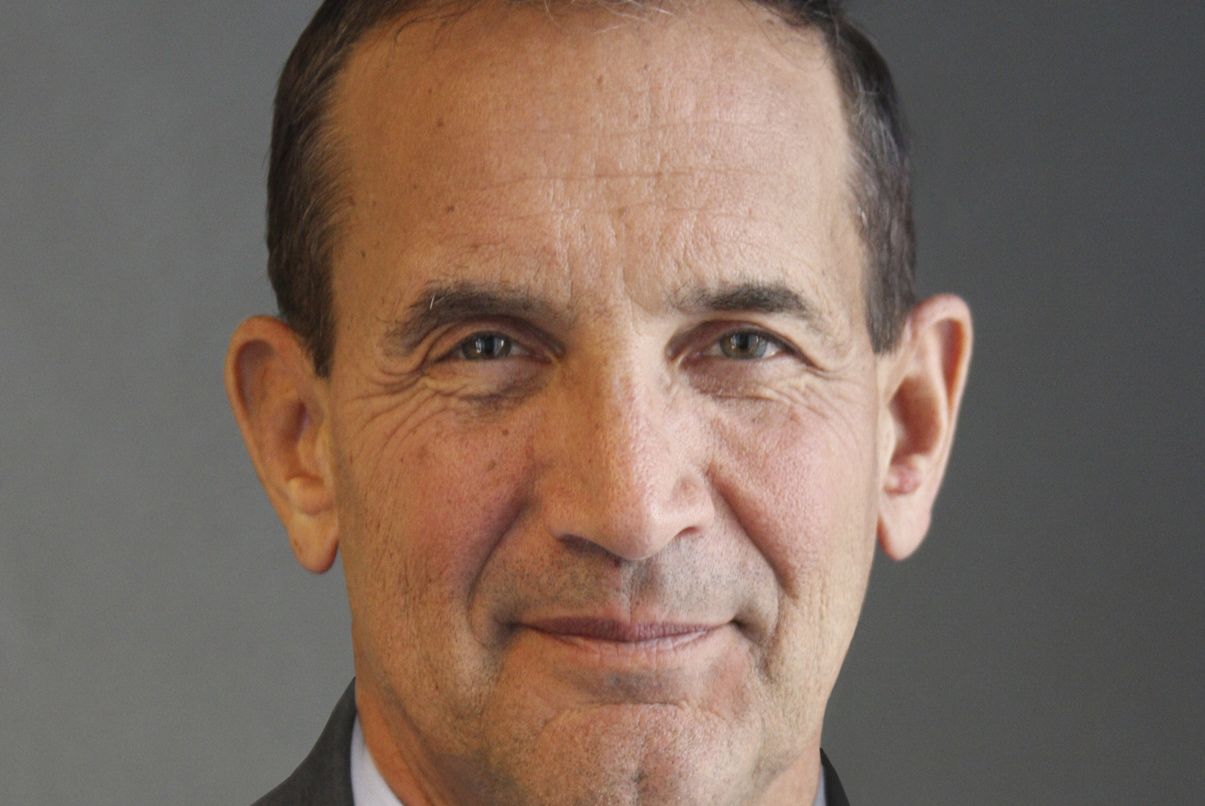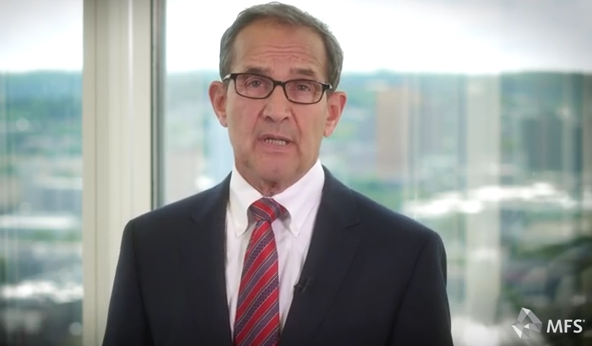In recent weeks, the market has been abuzz with talk about a rotation in the equity markets from more defensive sectors like utilities, REITS and large-cap multinationals to “riskier,” cyclical sectors. While a rotation is clearly underway, I question the durability of the current trend.
This rotation began in September, when economic data began to confirm an upturn in the pace of US growth, and picked up after the US presidential election. The election gave the market a shot of adrenalin, with investors anticipating lower taxes, less onerous government regulations and a significant increase in infrastructure spending, which theoretically should improve the pace of economic growth. In the post-election environment, beaten-down, lower quality sectors such as banks and industrials — owing to higher debt levels and less-certain cash flow generation abilities — took on market leadership roles.
Let’s put the recent price action into context. Historically, there is a bias for stocks to rise in the fourth quarter of the year, the so-called “Santa Claus” rally. In addition, stocks tend to rise for three to four months immediately following the quadrennial US presidential elections. However, the rotation we are seeing from growth to value this year is atypical.
Sustainably in question
Given all the buzz, it is natural to ask if the so-called Trump rally is sustainable. I doubt it. Here are a few reasons why:
Hedge funds, which have on average badly underperformed their benchmarks in recent years, have been largely responsible for the much of the recent market movement, stepping on the gas in an attempt to improve their performance figures and setting off a highly leveraged momentum-driven trade into cyclicals and riskier companies.
Day traders are back in force. After sitting out much of the nearly seven-year-old bull market, day trading volumes have increased substantially in recent weeks, lately exceeding institutional volume, according to trading volumes reported by discount brokers.
Retail participation has picked up too. That tends to be a late-cycle phenomenon, as the average investor tends to buy during periods of euphoria and sell during times of despair.
The recent modest earnings rebound witnessed in the third quarter is unlikely to last. Higher energy prices, the dramatically strengthening dollar and rising interest rates are all headwinds to earnings and economic growth. These factors could work to offset any fiscal stimulus from Washington next year. Plus, given the advanced age of the present business cycle, history suggests that it would be prudent to expect a potential recession at some point during Trump’s first term.
Beware of narratives
Market narratives can be powerful, but they can also be misleading. Recall the narrative in early 2009, at the trough of the global financial crisis. The economy was too fragile and the financial system was under too much strain. It was thought that in such an environment earnings growth going forward would be anemic, if not impossible. Investors ran scared and many did not return until recently.
That was precisely the wrong approach. Had investors looked past the gloom, they would have realized that policymakers around the world were making an extraordinary effort to heal financial markets and economies. And heal them they did. We experienced incredible earnings growth as markets recovered from the crisis.
Now, years later, the narrative is somewhat euphoric. But I was skeptical of the negative narrative after the crisis, and I am skeptical of today’s euphoria. And euphoria is often a late-cycle phenomenon.
In my view, it is important to keep an eye on several inhibitors to growth that could prove the euphoric market narrative premature, if not wrong. The global economy continues to face a mountain of debt, and depending on the policy mix embraced by the new administration, that mountain could grow more quickly. We face the substantial demographic challenge of an aging, less productive work force.
While lower personal and corporate taxes and a boost to infrastructure spending will likely be accelerants to growth, they are not enough, in my view, to offset the factors that have constrained both US and global GDP for nearly a decade. Perhaps government actions will extend the present cycle for a while longer, but it is unlikely to shift it into a higher gear. For example, given the recent experience with tumbling energy prices, it is unclear that tax cuts will lead to increased consumption. The so-called energy dividend ended up being spent on things like health care rather than on other goods and services. Tax cuts will likely be treated similarly, in my view.
Quality wins in the end
To be sure, some of the recent rotation makes good sense and will likely endure. Bank stocks are likely beneficiaries of a looser regulatory regime and higher interest rates that fatten net interest margins. Energy companies, particularly coal producers, will like find life easier in the new environment.
In my view, what lays ahead is a mixed bag, but not a game changer. I do not see a dramatic uptick in economic growth from the new administration’s policies. Against this backdrop, I continue to prefer high-quality companies with track records of solid cash flow growth, strong balance sheets and high returns on equity. They have a long history of beating market averages over time. I think they will still win out in the long run.
James Swanson is Investment Officer at MFS.





 For Fórmate a Fondo
For Fórmate a Fondo